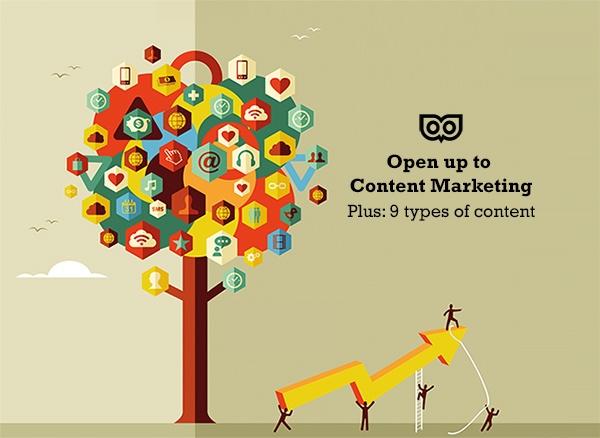
Content Marketing: 9 ways to attract attention and spread your message
Did you miss my #StandOutContent talk?
On 21st October, I did my third talk of the year at Soho House. This time, I spoke about one of my favourite topics – content marketing. It had a really great turnout, so thank you to those who came along!
If you didn’t manage to make it to the talk though, don’t worry! I’ve summarised the points and top tips I shared below:
What is content marketing?
It’s the umbrella term used for “content” that’s produced or shared for the purpose of informing or educating your audience so they think about you more often, and relate you to what you want them to relate you to!
Content can be blog posts, articles, email newsletters, social media updates and even images.
Content marketing is the ‘soft-sell’ for your business and keeps your brand in sight of the people you want to be seen by. To draw attention to your brand, you’d need to mix up your content msrketing in 3 main categories – create, curate and engage.
Created content is original input – blog posts you have written, interviews you have arranged, images you have had designed specifically for your business.
Curated content is information shared from a source relevant to you – so blogs in your industry, or images and infographics that may have been made by other people but would be appreciated by your audience. Curated content includes retweets and reshared FB or LinkedIn posts.
Engagement is using your online mediums to build and strengthen relationships – think replying to tweets, commenting on and “liking” other people’s content.
Why should I use content marketing?
To put it simply, it builds awareness and demonstrates your expertise. It is a subtle way to drip feed your messaging and associates you with what you do best. When creating or collecting your content, think about what messages you want people to believe, then input your ideas into a content calendar. Planning ahead is key!
Types of content
I have listed below nine types of content that you can share to convey your messaging:
- Images – Can speak a thousand words if you use them in the right way. They don’t have to be salesy either.
- Messages you believe in – Sharing a message or quote that echoes the values of your business can tell your audience a lot about you.
- Video – Videos have higher conversion rates and can be really useful for showing your audience, rather than telling them. It also allows your personality to shine through.
- Milestone – When you reach a milestone number of followers on your social media channels, shout about it! You can also celebrate milestones such business anniversaries or when you hit a certain number of clients/projects completed. Create pre-prepared content with a big graphic number as the image, to get ready for these milestones, so you’re ready to share with your audience.
- Interactive Content – Every so often, share a question or poll that engages your audience and gets them using their brainpower. More interactions on social networks like Facebook or LinkedIn put content higher on news feeds.
- Infographics – These are a fantastic way to illustrate points, research or guides. If you put the effort into making one, make sure you repurpose it for all your channels.
- Guest content – Choose the people in your circles who are impressive or have specific expertise, and ask them if you can interview them or if they can provide a guest blog post/guest image. Assure them that they have editorial approval rights” and be mindful of their time but at the same time, give them some sort of suggested deadline. If you are careful to ensure that any supplied copy is copy checked to be useful and easy to read, and any images are high quality, guest posts can be really useful and add more variety and texture to your output.
- Long form content – This includes e-books, White Papers, “epic blog posts” and results of your own research. Longer content extends the time customers are engaged with you – which is only a good thing!
- Controversy – A popular technique, but one that has to be done right. Controversial headlines can successfully draw in your readers, but be sure they are not misleading and that a positive spin is put on the article itself.
Planning ahead with a good variety of content (choose a few from the above list), where you ensure a high level of quality in both design and copywriting, can help you in creating a successful content marketing strategy.
If you found this helpful and have any questions about the talk, drop me a message. Or keep an eye on my LinkedIn and Twitter feeds for news of where I’ll be speaking next!



Comments
Carol Roberts
Excellent article, Keren! I’ve been doing some content sharing all along, but you’ve given me lots of ideas for other ways to do it. I’m sharing this on LinkedIn.